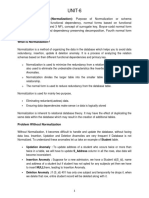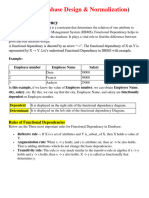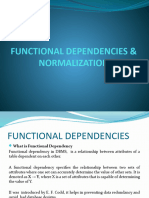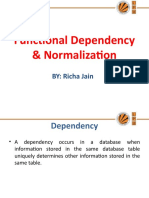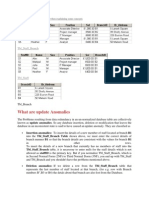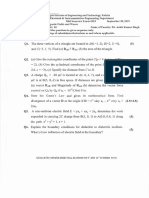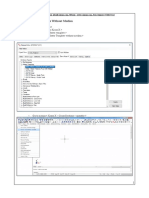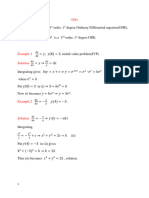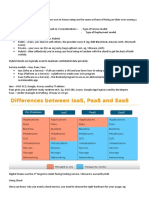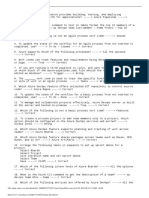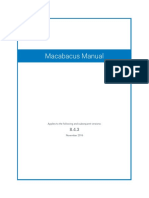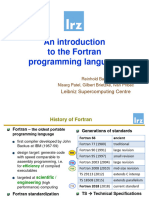0% found this document useful (0 votes)
22 views10 pagesDatabase Normalization
Normalization is the process of organizing data in a database to minimize redundancy and eliminate anomalies such as insertion, update, and deletion issues. Functional dependency describes the relationship between attributes, and various types of functional dependencies exist, including trivial and non-trivial. The document outlines the different normal forms (1NF to 5NF) that help achieve normalization by ensuring data integrity and reducing redundancy.
Uploaded by
Pritam PiyushCopyright
© © All Rights Reserved
We take content rights seriously. If you suspect this is your content, claim it here.
Available Formats
Download as PPTX, PDF, TXT or read online on Scribd
0% found this document useful (0 votes)
22 views10 pagesDatabase Normalization
Normalization is the process of organizing data in a database to minimize redundancy and eliminate anomalies such as insertion, update, and deletion issues. Functional dependency describes the relationship between attributes, and various types of functional dependencies exist, including trivial and non-trivial. The document outlines the different normal forms (1NF to 5NF) that help achieve normalization by ensuring data integrity and reducing redundancy.
Uploaded by
Pritam PiyushCopyright
© © All Rights Reserved
We take content rights seriously. If you suspect this is your content, claim it here.
Available Formats
Download as PPTX, PDF, TXT or read online on Scribd
/ 10













